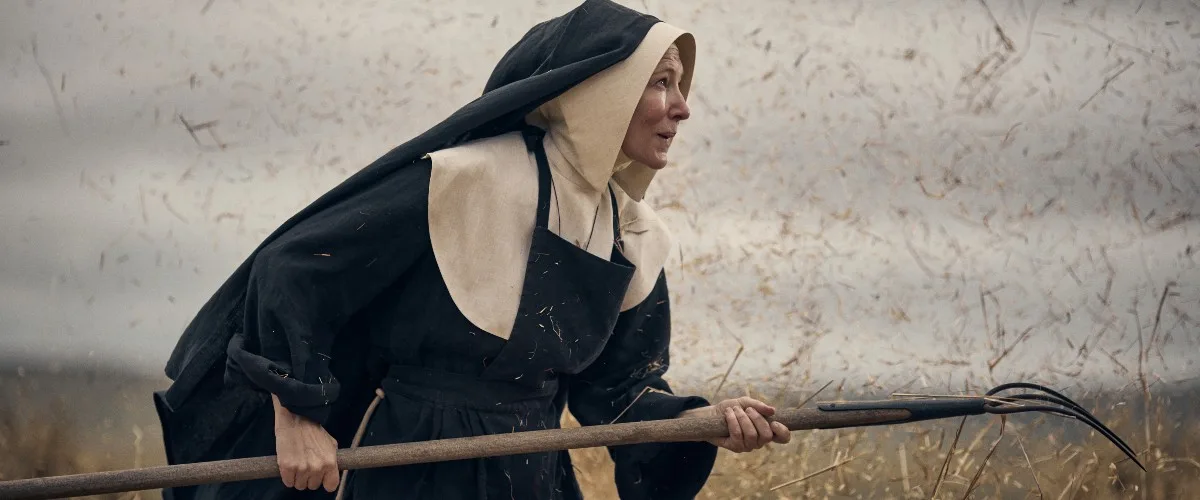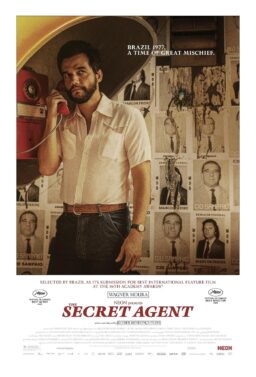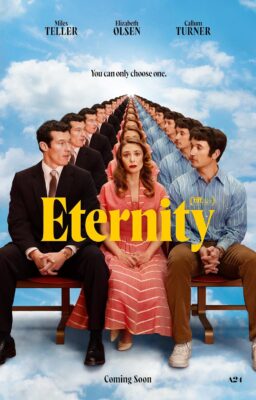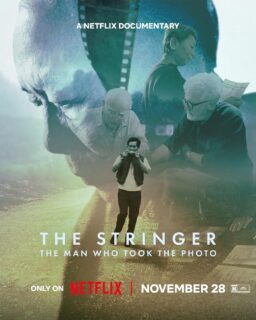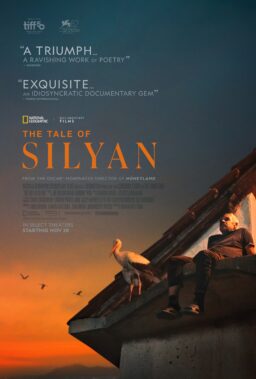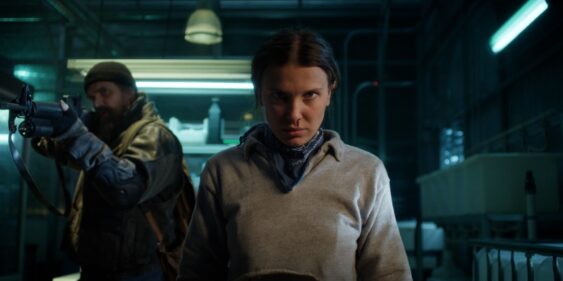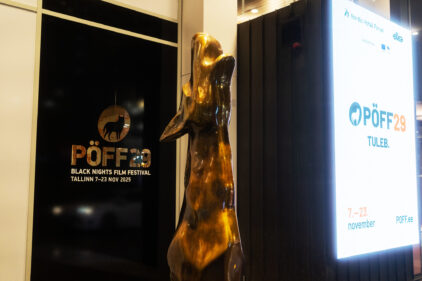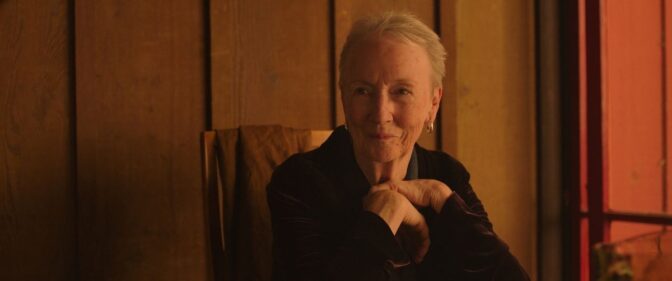When a young, shirtless Aboriginal Australian boy (Aswan Reid) arrives at a secluded monastery in the middle of the night, he is welcomed by Sister Eileen (Cate Blanchett), a fiercely independent nun who is immediately protective of him. The boy doesn’t speak, but he has a presence about him. He’s darker than the other boys at the monastery, with wild blonde hair and wide, inquiring eyes. Commanding attention with his odd behavior and wild confidence, Sister Eileen and the other adults in charge don’t know what to make of him. The boy refuses to assimilate, taken against his will from wherever it was he called home. It’s the 1940s, and Australia is caught up in World War II, but the monastery is eerily solemn. And though the war never makes its way through their quiet walls, a different kind of conflict is brewing. “The New Boy” depicts the pain and confusion of assimilation through the eyes of a young boy who can’t even describe what’s happening to him.
The boy struggles with the oppression of religion, resisting clothes, uninterested in speaking English, and always yearning for the wilderness that he was violently plucked from by white men who call him “darky” and capture him in sacks. Sister Eileen and the Aboriginal Sister Mum (Deborah Mailman) are kind to him, but even the nature of their kindness seems to confuse him. Whenever the boy finds a moment alone, he performs mysterious magic, creating small balls of floating light. Watching them seems to give him the comfort that the bible fails to provide, much to the frustration of Sister Eileen. It’s true that she cares for these boys, but her influence is still an oppressive one–creating little polite, well-dressed young gentlemen who know nothing of their heritage before they were taken from their homes. No instruction teaches them about the violence that radically altered the social structure of their homeland. The monastery treats them as blank slates, prepared only for the modern workforce and a society that will judge them regardless of how well they dress or know their verses.
Bathed in darkness and warm tones, “The New Boy” feels like a classic melodrama with modern sensibilities. Thornton also serves as the film’s cinematographer, giving it the look of a classic western, with a night sky that looks like a painting come to life. Inside the monastery, the rooms are bathed in the sun during the day and glow by candlelight at night. The score, by Australian musicians Nick Cave and Warren Ellis, is melancholic with a quiet power to all the subtle notes. Assimilation is portrayed as something painful, drawing the boy further and further away from his roots and relationship to nature. Along with his light powers, the boy is also a healer, reviving animals and humans, which disturbs George (Wayne Blair), the only male authority figure at the monastery. The priest who used to run the place has been dead for a year, but Sister Eileen keeps it hidden from the outside world, electing to run the monastery for as long as she can.
Aboriginal Australian director Warwick Thornton has been making films that center his people for decades. His work has been a welcome counter-programming to Australia’s predominantly white media offerings. Much like the Native American population in America and the First Nations people in Canada, the story of Aboriginal Australians is often defined by imperialism and colonialism. Native populations around the world throughout history have been pushed off their land and forced to adopt Western Christian values to create a whitewashed dominant culture. The young Aboriginals in “The New Boy” are acquired like property, thrust into a new world where they don’t know the language and face an uncertain future.
Newcomer Reid perfectly embodies the spirit of the film, making us feel his confusion and share his joy in the small moments where he’s allowed to be himself. Blanchett gives a compelling performance, doing her best to support Reid and keep the film’s spotlight on him. She knows her role makes her somewhat of an antagonist, but Sister Eileen’s concern for the boy is genuine, even if her methods are misguided. The boys deserve better, but the world on the outside becomes crueler by the day, and at least they’re safe behind the monastery’s walls. But even as they are alive, dressed, and fed, the sense of cultural death is unmistakable. In that sense, “The New Boy” is a tragedy.

